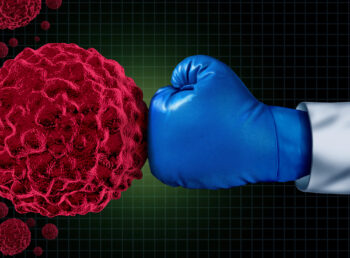The Israeli research into an ancient human group, the Denisovans, and the subsequent facial reconstruction of a Denisovan teenage girl using genetic data analysis and a new protein method, won recognition as the “People’s Choice” favorite in Science Magazine’s 2019 “Breakthrough of the Year” competition.
The winners were named on Thursday, after a reader voting process that included over 34,000 votes, according to the journal. The Breakthrough of the Year award went to an international team of astronomers who produced the first-ever image of a black hole. Runners-up included the development of two Ebola drugs tested in the Democratic Republic of the Congo, an effective cystic fibrosis drug approved in the United States, and an AI platform that beat some of the world’s best players in the most popular version of poker, Texas Hold’ em.
The research by Israeli scientists at Hebrew University had been listed as one of four finalists in the contest. Their work was named the “People’s Choice” winner with 49 percent of the votes.
Earlier this year, the Israeli team that included Hebrew University Professor Liran Carmel and Dr. David Gokhman, a post-doc researcher at Stanford University, was able to reconstruct the facial anatomy of a member of the Denisovan group, a mysterious, extinct group of archaic humans. The group is believed to have lived some 100,000 years ago.
The Israeli scientists completed the reconstruction based on patterns of chemical changes in their ancient DNA. The reconstructions painted the first known anatomical profile of Denisovans who had remained elusive due to very few discovered physical remains, NoCamels reported in September.
Denisovans went extinct some 50,000 years ago for reasons not yet known.
Related posts

Israeli AI Safety Tool Among TIME’S Best Inventions For 2024

Editors’ & Readers’ Choice: 10 Favorite NoCamels Articles

TAU Team Discovers Mechanism To Eliminate Cancerous Tumors




Facebook comments